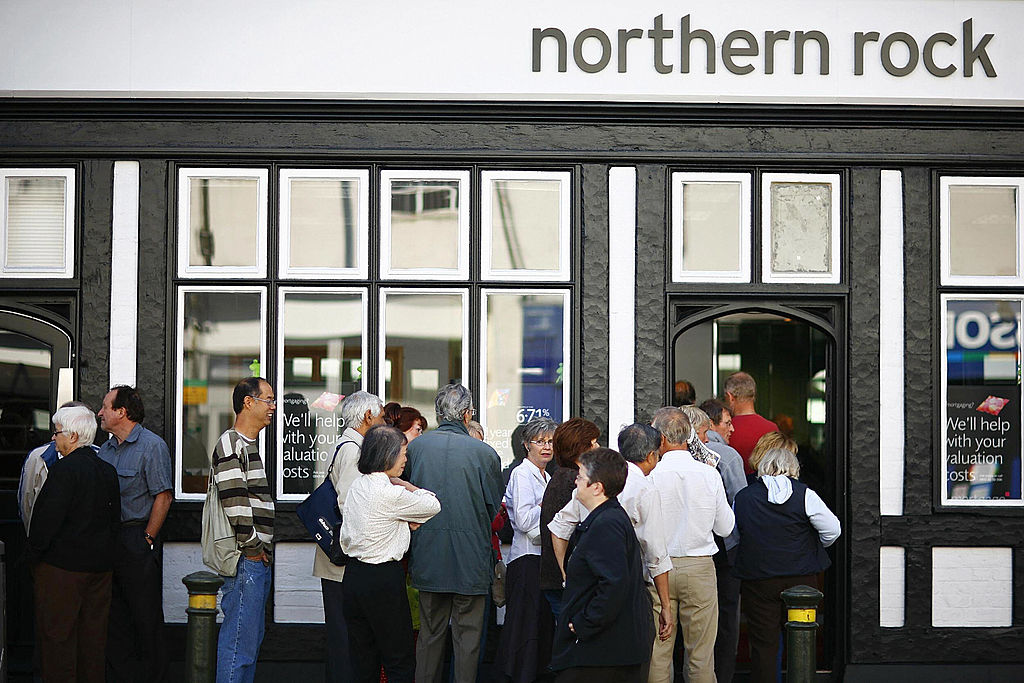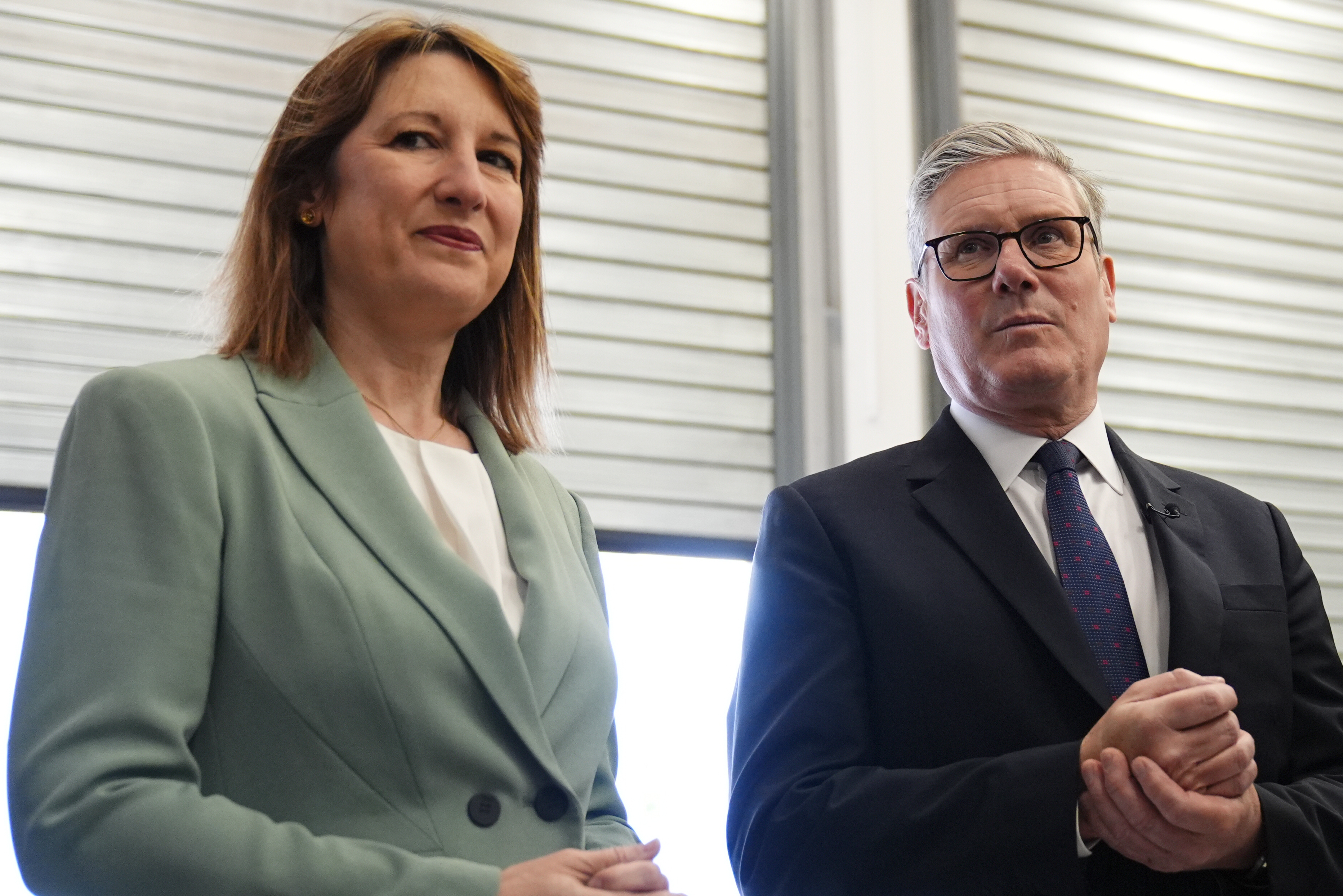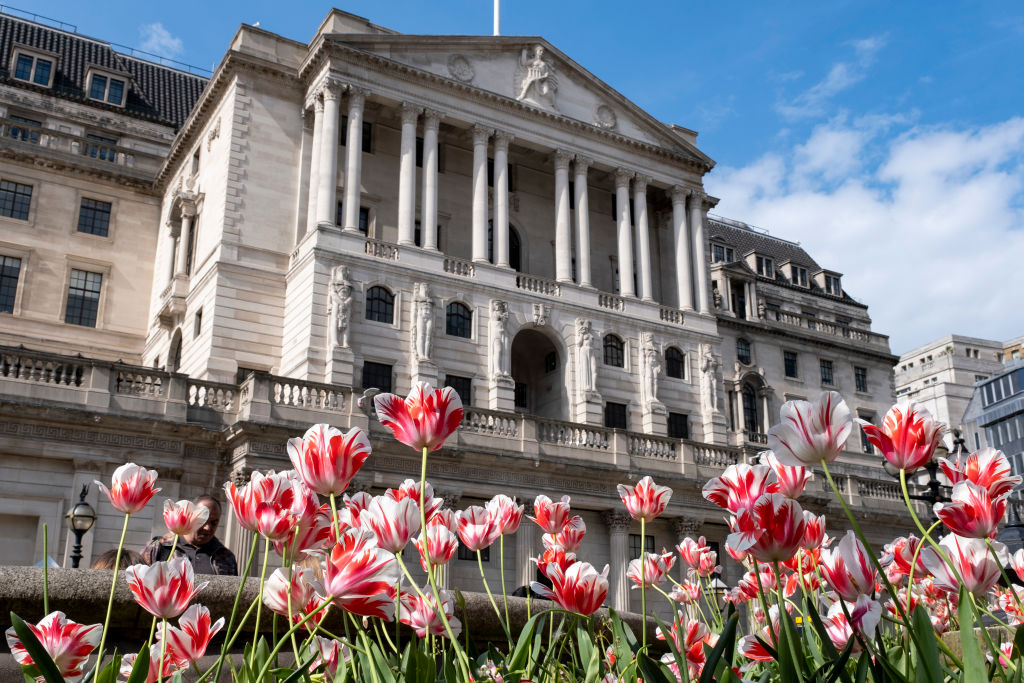The best way to profit from never-ending money-printing
The US Federal Reserve will print as much money as it takes to get the US economy ticking again. That's created a great opportunity for investors, says John Stepek.

The Federal Reserve embarked on QE infinity' earlier this year.
That was when it committed to keep printing a set amount of money each month until unemployment fell to a level it was comfortable with.
Last night, it announced let's call it QE infinity and beyond'. Fed chief Buzz' Bernanke is taking experimental monetary policy to a whole new level.
MoneyWeek
Subscribe to MoneyWeek today and get your first six magazine issues absolutely FREE

Sign up to Money Morning
Don't miss the latest investment and personal finances news, market analysis, plus money-saving tips with our free twice-daily newsletter
Don't miss the latest investment and personal finances news, market analysis, plus money-saving tips with our free twice-daily newsletter
Not only will the Fed keep printing more money for now. It's also written itself a licence to print whatever it takes to get the US economy growing strongly again. In short, you shouldn't expect US rates to rise again until inflation has gone beyond the point of being a clear and present danger.
The market had been pricing in at least some sort of action from the Fed. So stocks in the US, for example, ended up flat as investors fretted over the fiscal cliff.
But after watching last night's market reaction, one investment in particular has got me very excited
The Fed's licence to print money
Last night, the Fed declared it would print an extra $45bn a month to buy Treasury bonds (US government debt). This replaces the existing Operation Twist' programme that's about to end.
That's on top of the $40bn a month in mortgage-backed bonds it began buying in September. So the Fed is now printing $85bn a month.
That was all expected. But the Fed went even further.
Our own Bank of England has an explicit inflation target. We all know by now that it couldn'tgive two hoots about this target. But in theory, it's meant to keep the consumer price index (CPI) rising at a rate of about 2% a year.
The Fed has never had any such explicit target. There was always a vague notion that it would keep inflation at a similar 2% level, but nothing set in stone.
Until now, that is.
The Fed has said it'll keep the main US rate (the Federal Funds rate) at between 0% and 0.25% until and unless one of two things happens. Either unemployment has to fall to 6.5% or lower. Or inflation "between one and two years ahead" has to be projected to be no more than 2.5%. The Fed doesn't expect either of these things to happen until 2015.
This is a pretty big move. For one thing, that's a very loose inflation target. It's a full half-percentage point above the Fed's "longer-run" goal of 2%. It's also based on projections'. We all know how little projections are worth.
You can project whatever you want to project. Mervyn King constantly justifies the Bank of England's lack of action on inflation using those wonderful fan charts that cover just about every eventuality, yet always seem to have the Bank being bang on target within two years' time.
So the Fed is setting an official inflation target that gives it an awful lot of leeway for ignoring inflation as long as it can pretend that it's temporary'.
Meanwhile, it's also given itself a licence to print more money at any point that the employment rate looks like faltering. As long as the jobless rate is sitting at above 6.5%, the Fed can justify any amount of printing it wants. All it needs to do is to say that employment isn't growing fast enough for its liking.
Inflation is becoming ever more of a threat
What does this all mean? It means the Fed is fully committed to doing whatever it takes to get the US economy going again. QE isn't an emergency measure anymore. It's standard monetary policy as far as the Fed is concerned. If the economy isn't chugging away fast enough, pump a bit more money into the tank.
This attitude makes it even more likely that it'll do something stupid and let inflation get out of control. The Fed will be so scared of derailing any recovery, that it won't react quickly enough to tackle inflation when it arises.
Our regular writer James Ferguson who in the past rightly argued that the initial bouts of QE would not lead to rampant inflation wrote earlier this year about why he thinks the Fed is now on dangerous ground with QE.
With the economy no longer on the brink of a deflationary collapse, there's a serious risk that QE could be highly inflationary. Yet now the Fed is doing even more of the same. You can read the piece here: A bold step into the unknown are we heading for hyperinflation? (If you're not already a subscriber, you can subscribe to MoneyWeek magazine.)
(I'll be finding out from James just what he thinks of this latest move by the Fed in the next few weeks when we host our Christmas and New Year Roundtable but I can't imagine he'll think it's a good idea.)
In any case, what does this mean for your money? Well, you should hang on to gold. It's the best way to insure yourself against a potential currency catastrophe.
But one specific investment really got me excited after watching how the markets reacted last night. The Fed is planning to print more dollars, so that should be negative for the dollar, right? And it was the dollar fell against most currencies.
But it didn't drop against the Japanese yen. That's partly because the yen is another safe haven' currency investors run to it when they feel panicky, and they felt anything but that last night.
However, if even a great dollop of fresh money printing from the Fed can't drive the yen higher again, then maybe this time Japan's currency is heading for a full-blown fall. And that in turn is very good news for Japanese stocks, as we explained here: Hang on for a weaker yen.
For some time, we've been perhaps understandably rather isolated voices in our bullishness on Japan. However, I noticed that respected US investor Jeff Gundlach has just unveiled his new trade: he's bearish on the yen and bullish on Japanese stocks. Gundlach has a decent track record: he profited from the sub-prime mortgage collapse in 2007. If you don't already have any exposure to the Japanese market, I think now would be a very good time to get some.
This article is taken from the free investment email Money Morning. Sign up to Money Morning here .
Follow John on Twitter||Google+ John Stepek
Our recommended articles for today
Join the march of the Reconquista
As Latin America's economies faltered in the late 80s and early 90s, huge swathes were opened up to foreign investors. Now local firms are fighting back. Here, James McKeigue picks the best way to invest.
Why the Fed model's big buy signal can't be trusted
According to the famous 'Fed model', the US stockmarket is a buy. Here, Tim Bennett introduces the model and explains why you shouldn't rely on it now.
Get the latest financial news, insights and expert analysis from our award-winning MoneyWeek team, to help you understand what really matters when it comes to your finances.
John Stepek is a senior reporter at Bloomberg News and a former editor of MoneyWeek magazine. He graduated from Strathclyde University with a degree in psychology in 1996 and has always been fascinated by the gap between the way the market works in theory and the way it works in practice, and by how our deep-rooted instincts work against our best interests as investors.
He started out in journalism by writing articles about the specific business challenges facing family firms. In 2003, he took a job on the finance desk of Teletext, where he spent two years covering the markets and breaking financial news.
His work has been published in Families in Business, Shares magazine, Spear's Magazine, The Sunday Times, and The Spectator among others. He has also appeared as an expert commentator on BBC Radio 4's Today programme, BBC Radio Scotland, Newsnight, Daily Politics and Bloomberg. His first book, on contrarian investing, The Sceptical Investor, was released in March 2019. You can follow John on Twitter at @john_stepek.
-
 Why Scotland's proposed government bonds are a terrible investment
Why Scotland's proposed government bonds are a terrible investmentOpinion Politicians in Scotland pushing for “kilts” think it will strengthen the case for independence and boost financial credibility. It's more likely to backfire
-
 How have central banks evolved in the last century – and are they still fit for purpose?
How have central banks evolved in the last century – and are they still fit for purpose?The rise to power and dominance of the central banks has been a key theme in MoneyWeek in its 25 years. Has their rule been benign?
-
 UK to have highest inflation among advanced economies this year and next, says IMF
UK to have highest inflation among advanced economies this year and next, says IMFThe International Monetary Fund (IMF) says it expects inflation to remain high in the UK, while lowering economic growth forecasts for 2026.
-
 Is Britain heading for a big debt crisis?
Is Britain heading for a big debt crisis?Opinion Things are not yet as bad as some reports have claimed. But they sure aren’t rosy either, says Julian Jessop
-
 'Britain is on the road to nowhere under Labour'
'Britain is on the road to nowhere under Labour'Opinion Britain's economy will shake off its torpor and grow robustly, but not under Keir Starmer's leadership, says Max King
-
 'Governments are launching an assault on the independence of central banks'
'Governments are launching an assault on the independence of central banks'Opinion Say goodbye to the era of central bank orthodoxy and hello to the new era of central bank dependency, says Jeremy McKeown
-
 Why investors can no longer trust traditional statistical indicators
Why investors can no longer trust traditional statistical indicatorsOpinion The statistical indicators and data investors have relied on for decades are no longer fit for purpose. It's time to move on, says Helen Thomas
-
 Live: Bank of England holds UK interest rates at 4.5%
Live: Bank of England holds UK interest rates at 4.5%The Bank of England voted to hold UK interest rates at their current level of 4.5% in March, as widely anticipated, after inflation rose to 3% in January


